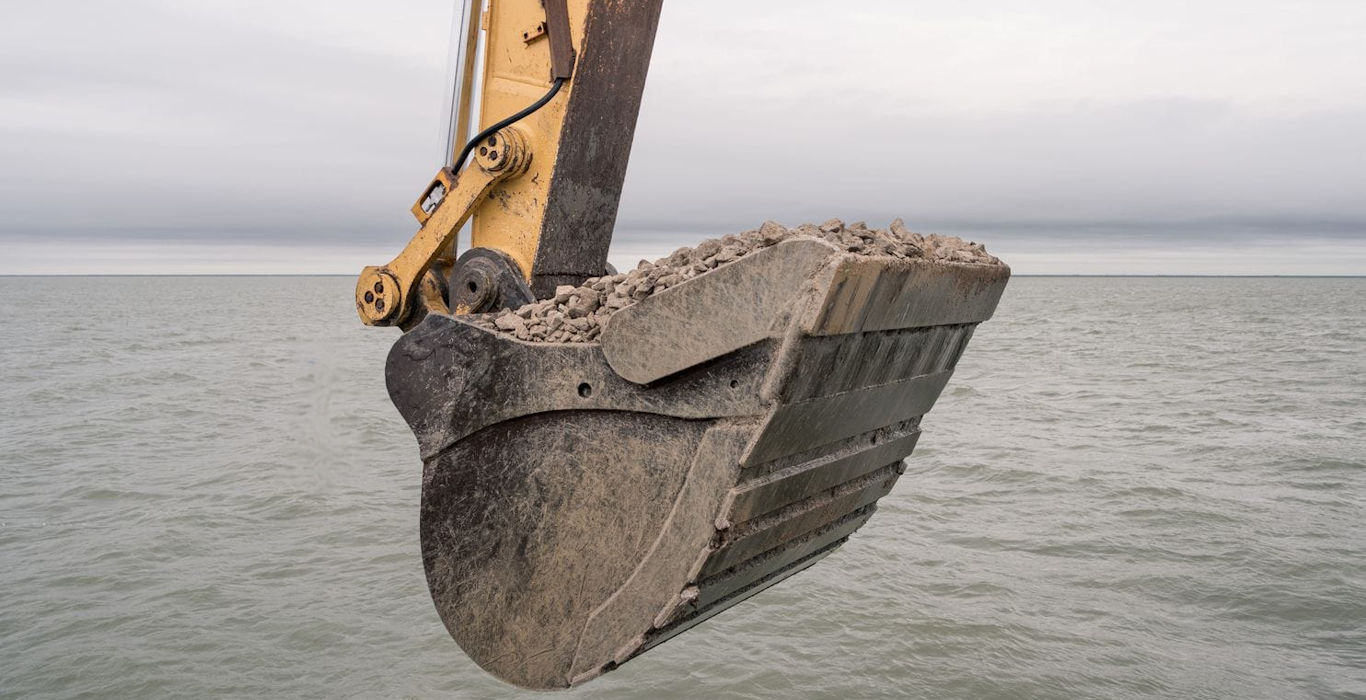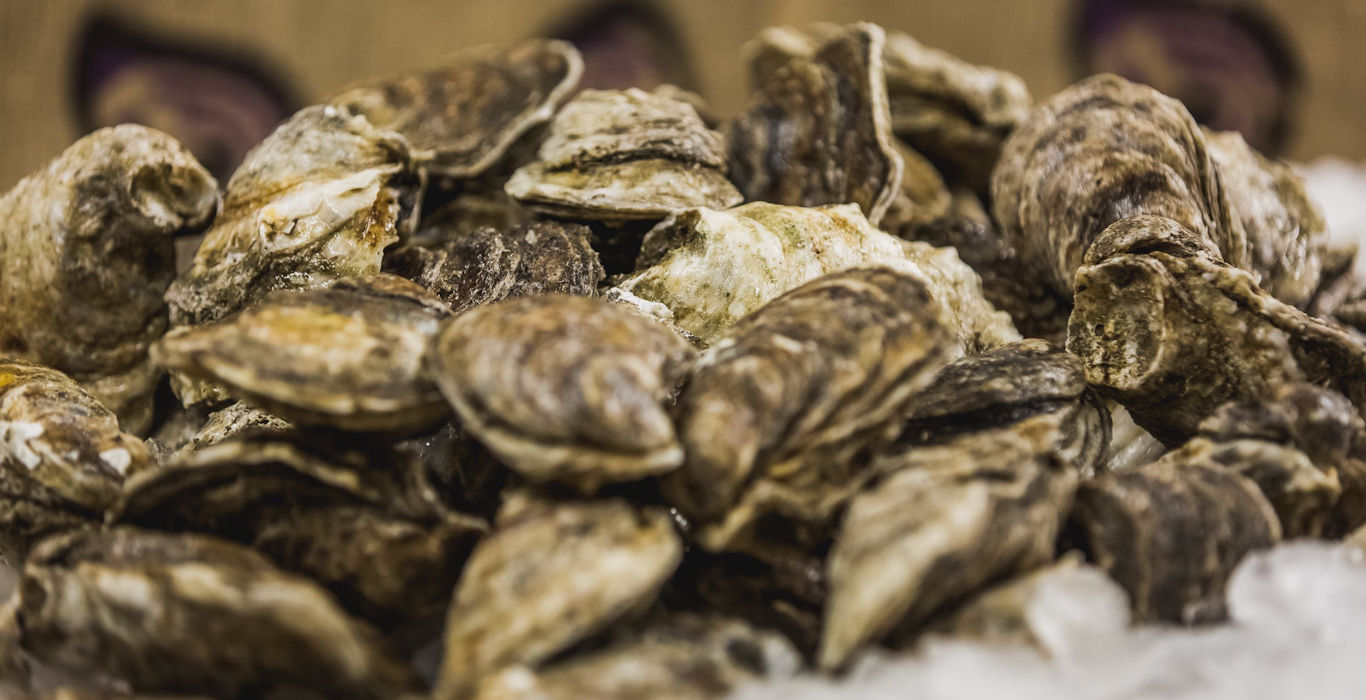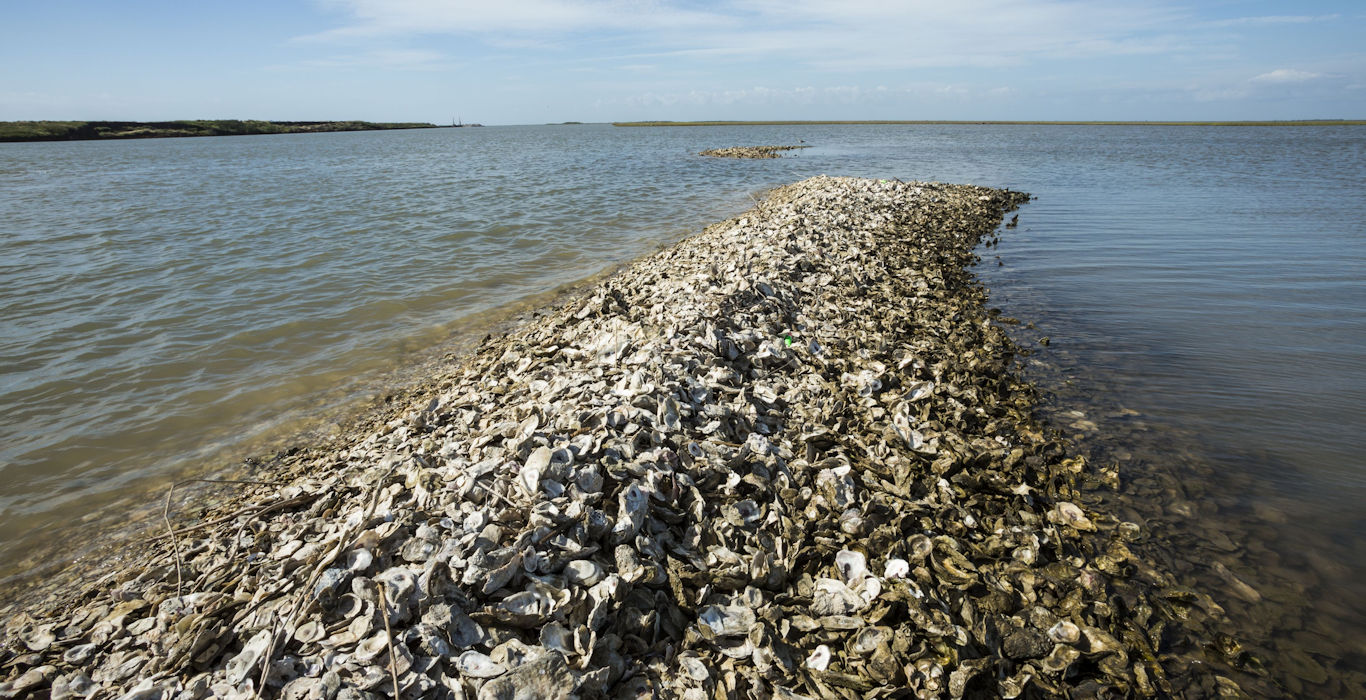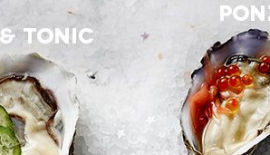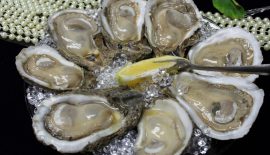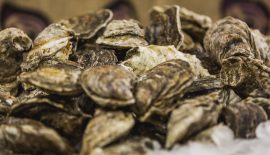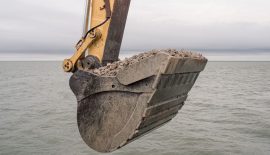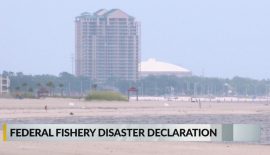- 113 6th Street San Leon, TX 77539
- 281-413-3914
- info@sanleonoysterfest.com

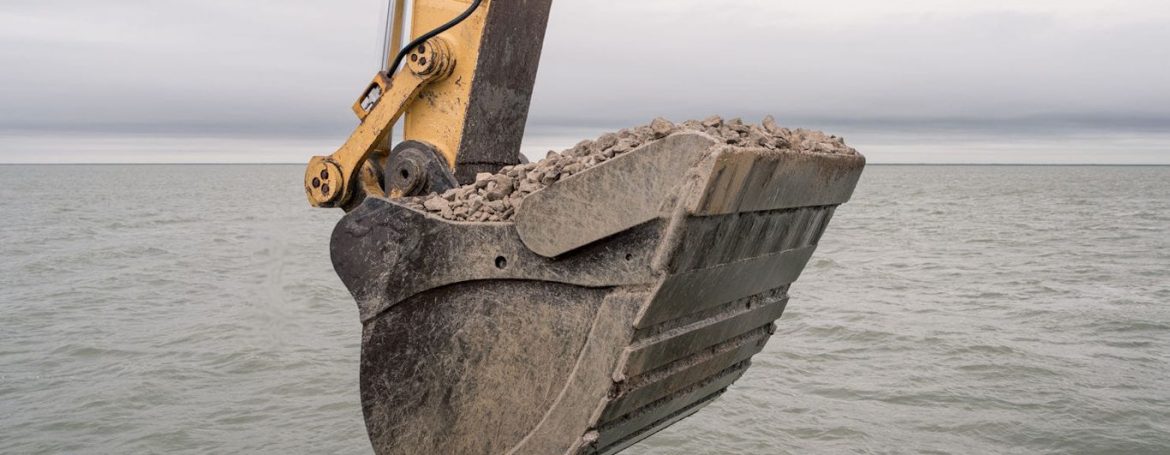 In Education,Environmental,Health
In Education,Environmental,Health
How Oysters Grow: Throw a Rock Grow an Oyster
ABSTRACT Field studies were conducted to compare quartzitic sandstone to siliceous limestone in its ability to collect oyster spat, and to determine if sandstone is a suitable cultch for oysters.The difference between sandstone and limestone was highly significant.There was thus a clear preference of oyster larvae for limestone at high salinity and high-larval abundance, and at low salinity and low-larval abundance. Sandstone does not appear to be a suitable alternative to limestone as a cultch for oysters.
Throw a Rock Grown an Oyster!
Kentucky Limestone
Placing clean substrate into the water at spawning time is a time-honored mechanism to produce settlement rates of spat consistently superior to substrate already on the bottMudshell, that is buried oyster shell, shell cured on land for a period, and alternate substrates such as limestone, are more advantageous presumably because either the organic coating has been destroyed by bacterial action or drying and the surfaces are free of the typical slime associated with fouling organic matteror, in the case of limestone, the surface is inherently clean. Although a number of studies have addressed settlement cues for oyster larvae why ‘‘clean’’ substrate improves recruitment remains a mystery.
SPAT SET
Spawning is temperature and salinity related and occurs in nearly all months but the coldest, with two peaks being in May/June and again in September/October. They prefer temperatures above 72ºF and salinities above 6 parts per thousand (ppt; by comparison, freshwater is 0-1 ppt, and Gulf water is 35 ppt), though they can survive brief periods of freshwater inundation. Though several weeks below 10 ppt is lethal to adults in hot summer waters, one population is known to have survived for four weeks in 1 ppt during cold weather. Larvae can die in large numbers when salinity stays below 8 ppt in hot summer waters. Permanent colonies are almost always in water ranging 10-35+ ppt, but 5-15 ppt seems to be best due to a lack of predators in water of this range.


